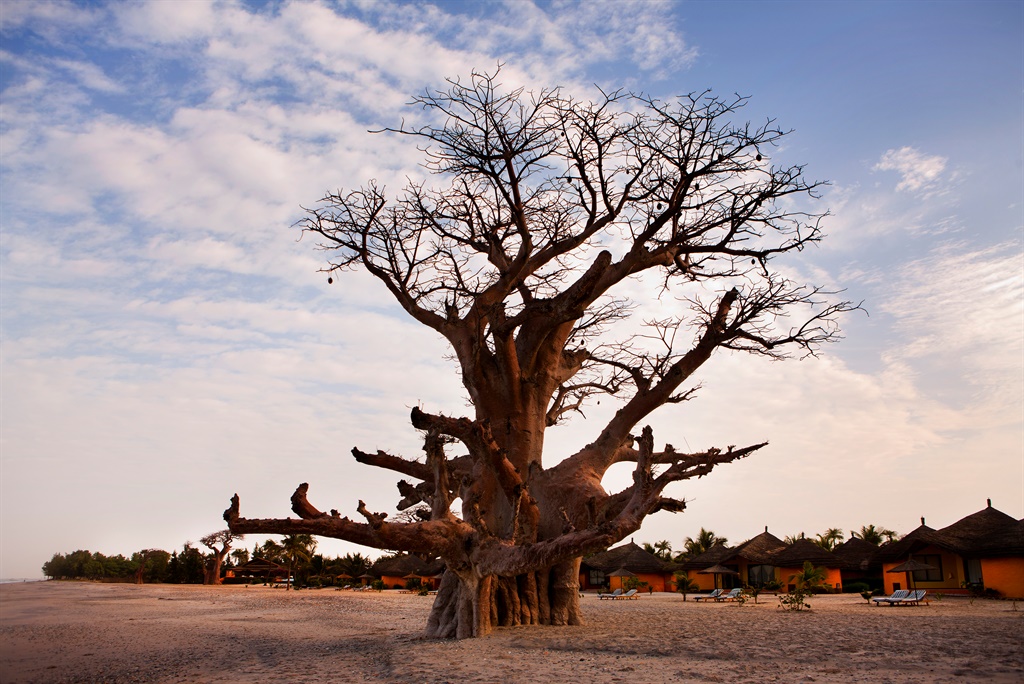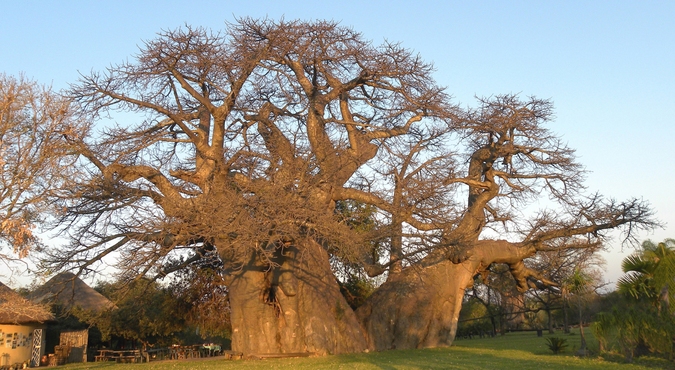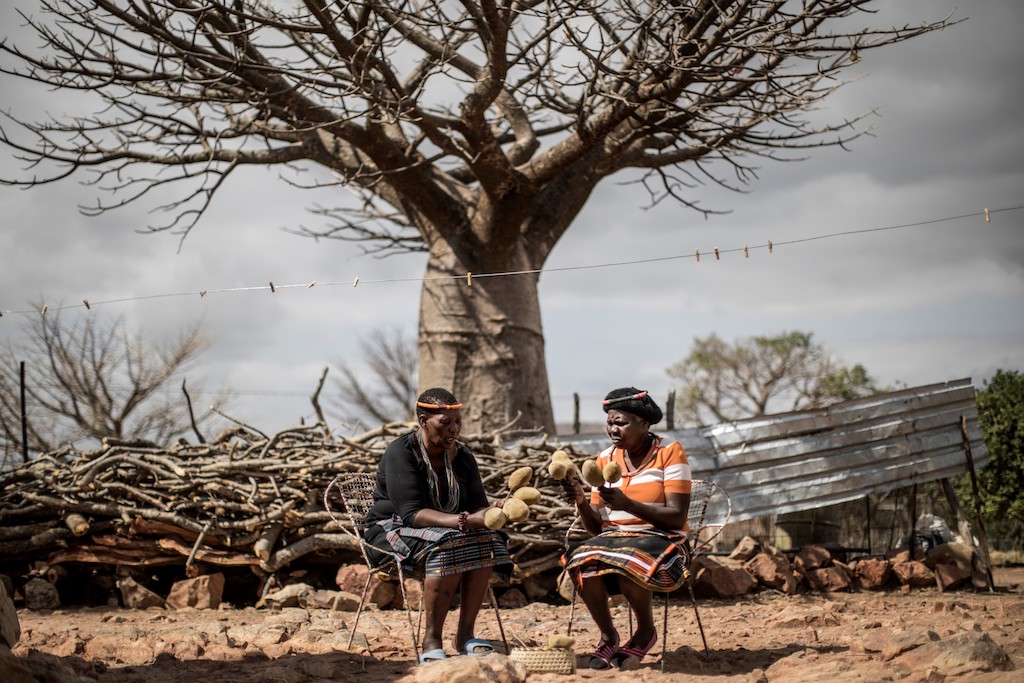The unbreakable baobabs: are Africa’s iconic trees here to stay?
Posted on November 5, 2024 by René de Klerk in the Decoding Science post series.
 In a world where climate change stories often spell disaster, Africa’s ancient baobab trees stand as a surprising symbol of resilience. Though recent studies sparked fears that these iconic giants might be doomed, new research reveals a different story – one of enduring strength and adaptability that has kept baobabs standing for millennia. René de Klerk reports
In a world where climate change stories often spell disaster, Africa’s ancient baobab trees stand as a surprising symbol of resilience. Though recent studies sparked fears that these iconic giants might be doomed, new research reveals a different story – one of enduring strength and adaptability that has kept baobabs standing for millennia. René de Klerk reports
___________________________________________________________________________________________________________
There is no shortage of sources telling us how increasing temperatures due to human-induced climate change will affect everything from wildlife to plants. The headlines are filled with tales of how countless species are under pressure, dying out, or struggling to adapt.
When it comes to Africa’s baobab trees, literature made available over the past few years has led many to believe they are busy dying out. A 2018 study by Patrut et al. published in Nature titled ‘The demise of the largest and oldest African baobabs’ claimed these trees are dying due to climate change. The study highlighted that 10 of the 15 trees they examined had recently died or collapsed. Understandably, this went viral despite their study suggesting more research is required. It seemed like the end of Africa’s iconic baobab trees.
This sparked concern for Sarah Venter, a baobab ecologist from the University of Witwatersrand. “I have been studying baobabs for over 20 years as I live in an area where I am surrounded by hundreds of them. When I read the 2018 article that suggested the large baobabs were dying of climate change this concerned me and I felt I needed to look deeper to see if this was real or just speculation,” she explains. She then embarked on a study with her team by travelling across South Africa, Botswana, Zimbabwe and Namibia, visiting many of the iconic trees. They visited 106 previously measured baobab trees.
 The famous baobabs of Nxai Pan, Botswana, standing tall under the night sky
The famous baobabs of Nxai Pan, Botswana, standing tall under the night sky
Their research did not show the same grim findings – leading us to believe that baobabs are much more resilient than has been suggested. As part of the study, she highlighted that older baobab trees (radiocarbon dating shows the oldest has been around for well over 2,500 years) would have endured erratic climate conditions in the past. The carbon isotope composition of the pith from the nine baobabs revealed extensive rainfall variations in the past 1,000 years. This included numerous droughts, including one in 1840, which was the driest period in the 1,000 years immediately preceding the 2014 study.
Venter and her colleague’s study (titled ‘Baobabs as symbols of resilience’) published in Nature Plants showed that baobab mortality rates remain very low and populations are stable, contrary to early speculation that rising temperatures posed an existential threat. Only one tree had died in the past 17 years. Those that are dying are dying due to other factors, and not climate change.
According to Venter, there are far more significant risks than increasing temperatures. Because baobab trees have softer wood, trees that become too big will break and die back. Baobab tree populations always have more medium-sized trees compared to large ones.
Venter also noted that too much water is a much bigger issue for baobabs than too little water. This is especially a problem in winter when the trees are bare. “Baobabs have very fibrous and light wood, so there is very little resistance to waterlogging when the trees have no leaves that would normally help pump water away from the roots,” she explains. This can then lead to root and stem rot. Venter says this highlights why baobabs in high-rainfall areas have shorter life expectancies than those in dryer areas.
 One of the baobabs forming part of Sarah Venter’s study
One of the baobabs forming part of Sarah Venter’s study
But what then about the previous study suggesting the baobab trees are dying? Only one of the trees indicated as dying in the original study died during a drought period. The others died during years with regular rainfall levels, and two collapsed from too much water due to artificial watering. Another study in Musina Nature Reserve in South Africa tracked the growth and survival of 116 adult trees. Between 1998 and 2023, not one adult tree died despite recurring droughts in the area. Also, many trees with collapsed stems in the original study show signs of regrowth, and many even flower.
Baobabs do face more threats, one being herbivore damage, both by livestock and wildlife. Another study showed a 90% mortality rate of young trees aged between one and three years in communal grazing land. Once they reach adulthood, this threat continues. Livestock like goats damage trees extensively. Elephants pose a danger for baobab tree mortality due to bark stripping, even in protected areas. For example, elephants contributed to an 8% annual mortality rate in the Mapungubwe National Park between 2009 and 2019.
 Elephant and baobab in Tarangire National Park, Tanzania. Elephants pose a danger to baobabs due to bark stripping
Elephant and baobab in Tarangire National Park, Tanzania. Elephants pose a danger to baobabs due to bark stripping
“The future is good for baobabs,” explains Venter. “Adult trees do not die easily and in general, local people and customs protect them. Many people also like propagating and planting baobabs. This helps mitigate the loss of seedlings to domestic animal browsing.”
Unfortunately, poor rainfall, habitat destruction, soil erosion, grazing and trampling by herbivores prevent baobabs from recruiting in many areas, showing that the fate of Africa’s baobabs under various climate change scenarios is not necessarily straightforward.
References
- Patrut, A., Woodborne, S., Patrut, R.T. et al. (2018). The demise of the largest and oldest African baobabs. Nature Plants 4, 423–426.
- Venter, Sarah & Witkowski, E.. (2024). Baobabs as symbols of resilience. Nature Plants 10, 1–4.









